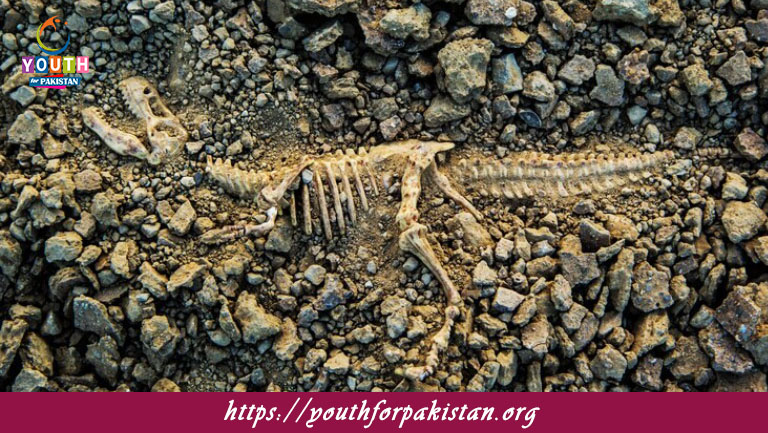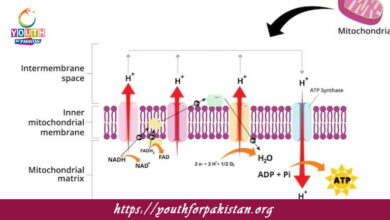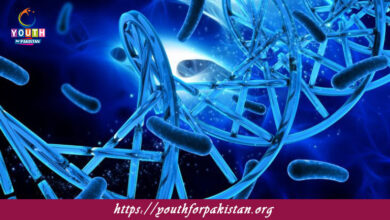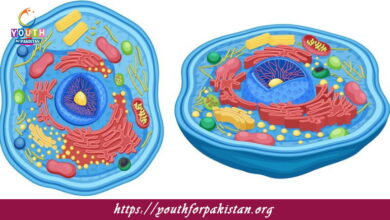Evidence Of Evolution MDCAT Quiz with Answers

Evidence Of Evolution MDCAT Quiz; Evidence of evolution provides the scientific basis for understanding how species have changed over time and evolved into the diverse organisms we see today. Evidence from a number of scientific fields, including paleontology, genetics, and comparative anatomy, supports the theory of evolution. MDCAT students must understand the different types of evidence in order to answer questions regarding evolutionary biology. Practice with an MDCAT Quiz on the evidence of evolution to strengthen your knowledge and better prepare for your exam.
Types of Evidence Supporting Evolution
Fossil Record: The strongest lines of evidence for evolution indeed come from the fossil record. Fossils are remains or traces of ancient organisms preserved in rock layers. By studying the fossils, it’s possible to track the change in species with time and find out how the life forms evolved. More important in understanding evolutionary processes are the transitional fossils: those showing intermediate stages between different groups of organisms.
Comparative Anatomy: The study of similarities and differences in the anatomy of different species provides evidence for common ancestry. Features such as homologous structures—structures similar in different species because of a common ancestor—and vestigial structures, which are the remnants of structures that were functional in ancestors but no longer have a function, are very important in establishing evolutionary relationships.
Embryology: Comparisons of the early developmental stages—embryos—of different species also provide evidence for evolution. Species often exhibit similarities in their embryonic features at various stages of development, indicating that they share a common evolutionary origin. For instance, all vertebrate embryos at some point in their development have gill slits, which indicate a common ancestor.
Molecular Biology: Molecular biology provides a lot of evidence through the comparisons of DNA sequences between organisms. Organisms genetically closer to each other share a greater number of similarities in their DNA. This molecular evidence supports the concept of descent with modification, where organisms inherit genetic material from a common ancestor and gradually modify it in time.
MDCAT Quiz on Evidence of Evolution
Prepare for the MDCAT with an MDCAT Quiz focused on the evidence of evolution. This quiz will test your knowledge of fossil records, comparative anatomy, embryology, and molecular biology. The more you practice with this quiz, the more these different lines of evidence for evolutionary theory will be solidified in your mind, and the easier it will be to answer related questions on the exam.
Free Flashcards for Evolution Evidence
Use Free Flashcards to help memorize the key types of evidence supporting evolution. The flashcards will cover important concepts, including homologous structures, transitional fossils, and DNA comparison. Through visual aids and clear definitions, these flashcards will reinforce your understanding and enhance your retention of this critical information for the MDCAT exam.
Mastering the evidence of evolution is a critical component in performing well on the MDCAT, specifically the genetics, comparative biology, and evolutionary theory topics. Incorporating quizzes and flashcards into your study routine will deepen your knowledge, boost retention, and allow you to attack related questions with confidence on your exam.

The existence of vestigial structures suggests ________.
Some traits have lost their function over time

Biogeographical evidence supports evolution by showing ________.
How species evolve based on geographic location

Artificial selection in plants and animals provides evidence for ________.
Human influence on evolutionary change

The process of adaptive radiation is evidence that ________.
Species diversify rapidly in response to different niches

Fossilized footprints show evidence of evolution by indicating ________.
The behaviors of ancient species

The presence of similar molecules in different species suggests ________.
Evolution through genetic inheritance

The fossil record reveals ________ of different species over time.
Patterns of extinction and emergence

The study of adaptive traits in various populations suggests ________.
That traits are inherited and selected for their survival

The similarities in bone structure between different vertebrates are considered evidence of ________.
Common ancestry

Paleontological evidence of gradual changes in species over long periods of time supports ________.
Evolution through natural selection

The presence of similar genes across various species is evidence of ________.
Shared evolutionary history

The fossil record of extinct organisms helps scientists understand ________.
The evolutionary process of extinction

Comparative anatomy shows that the forelimbs of mammals have a similar structure due to ________.
Common ancestry

The comparative study of mitochondria and chloroplasts in different species supports the theory of ________.
Endosymbiosis and common ancestry

The rapid evolution of certain species in response to environmental pressures provides evidence for ________.
Adaptive radiation

The discovery of fossilized transitional species shows ________.
The gradual change from one species to another

Biochemical evidence in the form of similar enzymes in different species suggests ________.
A common origin for metabolic pathways

The evolution of the horse provides evidence for ________.
Gradual changes in size, structure, and diet over time
Experience the real exam environment with our expertly designed collection of over 25,000 MCQs MDCAT Mock Tests.





